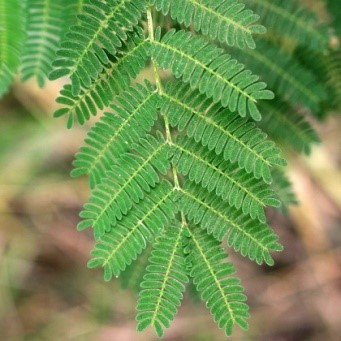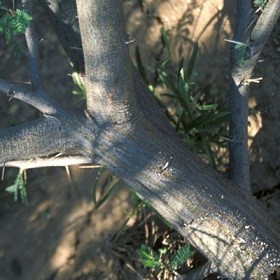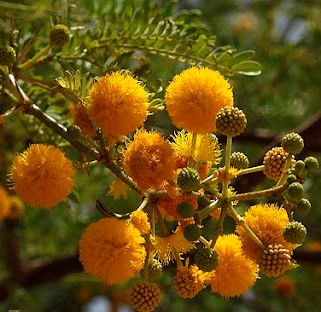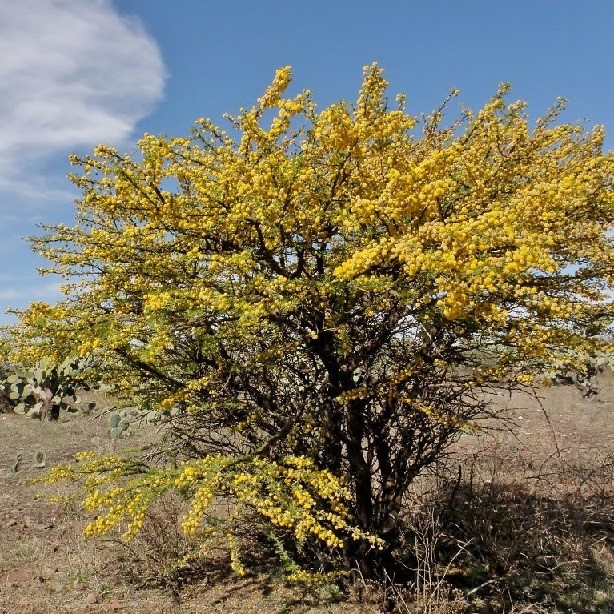Trees
Acacia farnesiana (L.) Willd
Acacia farnesiana (L.) Willd
Description :
An evergreen, thorny shrub or small tree. 3 to 5 m tall. Leaves are
compound 1.2 to 5.5 cm long. The flowers are yellow growing in showy heads. The
fragrant flowers mature between November and March depending on geographic
location. The pods are small, 4 to 7 cm, and mature between April and August. At
present no disease or insects problems have been identified. It is easily
reproduced from seed. It will seed naturally on sites where it is adapted. It
is relatively slow growing, but will yield 1 to 3 m3/ha/yr. Close
grained and sapwood is white, heartwood is red
Distribution :
This tree is native to tropical America. It has been successfully
planted and is adapted to many areas of Pakistan up to an elevation limit of
1200 m. A moderately intolerant tree that grows best on a variety of loose
sandy soils. Prefers well drained sites along water courses. It will tolerate
saline, alkali sites. It grows in precipitation of 250 to 1200 mm/yr. It
prefers a semi-arid, sub-humid climate within a temperature range of -5 to
35°C. It exhibits some frost hardiness. This nitrogen fixing tree is adapted to
a variety of arid sites including saline, sodic soils. It is an aggressive tree
because it can tolerate some shade.
Uses :
Potential as a farm forestry tree
particularity in areas where salinity and/or sodicity is a problem. Wood is
heavy, hard and very strong. Can be used as fodder (goats), fuel, perfume,
nitrogen fixing, hedge, windbreak and lac production.



